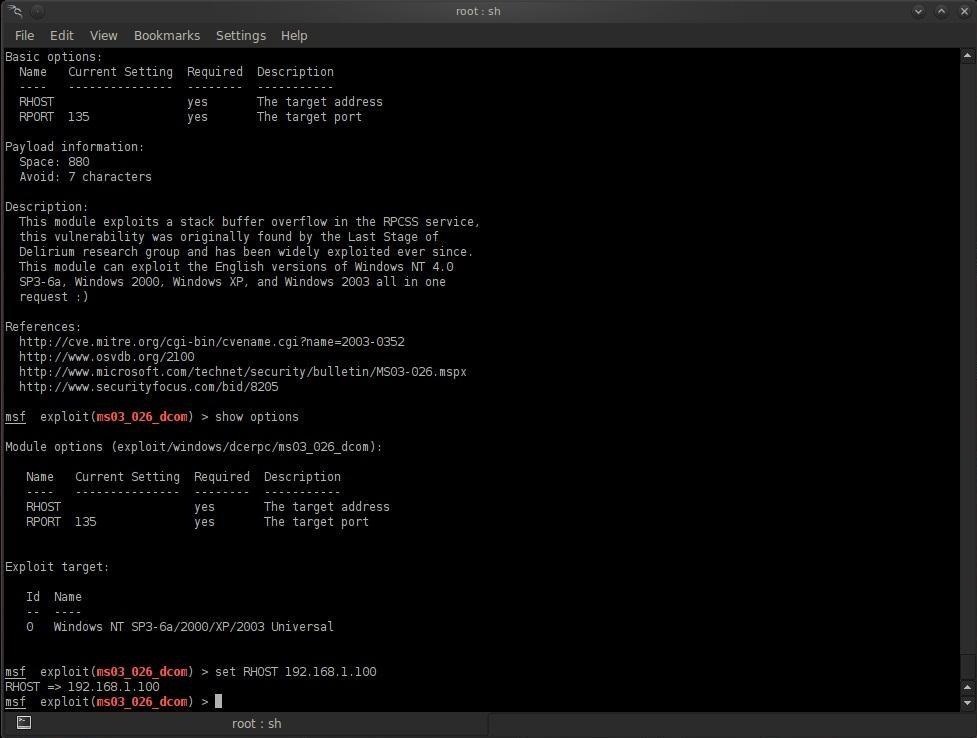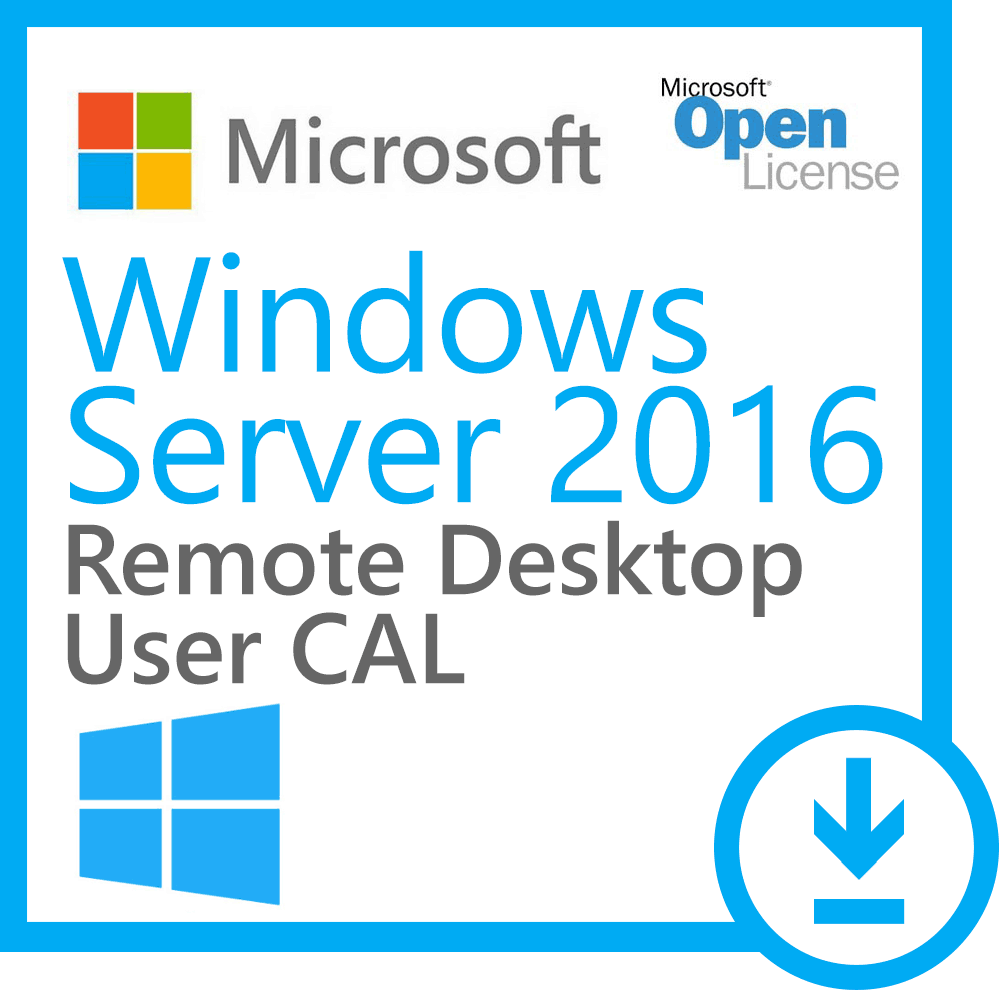

- How to crack windows server 2003 terminal service licensing software#
- How to crack windows server 2003 terminal service licensing trial#
Also, Remote Desktop does still include two concurrent connections to remotely administer a computer.
How to crack windows server 2003 terminal service licensing trial#
There are also trial versions of Server 2008 R2 that can be downloaded and used for evaluation purposes.įailing to purchase the required version and number of RD CALs for each Remote Connection will cause some users or devices to be denied a connection to the Remote Desktop Session Host server when the 90 day grace period has expired. The grace period offered by Microsoft is mainly designed to allow your team enough time to correctly install, configure or test your Remote Desktop Session Host Server as well as Remote Desktop Licensing Server. Microsoft does provide a reasonable grace period of 90 days, which begins after the first connection to your RD Licensing Server is made and only after installing the RDSH Role Service on that server. Licensing Server is not available in Windows Web Server 2008 R2 and Windows Server 2008 R2 for Itanium-based systems. Windows Server 2008 R2 Standard, Windows Server 2008 R2 Enterprise, and Windows Server 2008 R2 Datacenter are all effected by this policy change. When entered in the Remote Desktop CAL licensing wizard during CAL setup, the Remote Desktop Licensing Manager will automatically contact the Microsoft Clearinghouse website to validate and confirm your purchase. Windows Server 2008 R2 Remote Desktop now has not only the same additional Licensing Server CAL requirements but a licensing key or your Microsoft Select agreement number, as well as Internet connectivity (TCP/IP, port 443), are now also required to unlock your purchased number of Remote Desktop CALs. Just as Windows Server 2003 Terminal Services brought us a huge change in licensing methodology when they required each client connecting to the Terminal Server to have its own Terminal Services CAL reserved for it via a separate TS Licensing Server. With the title change, Microsoft also created an enforcement policy change.

Additionally, Terminal Services client access licenses or TS CALs in Server 2008 R2 are now called Remote Desktop Services client access licenses or RDS CALs. In Windows Server 2008 R2, a terminal server connection is now referred to as an RD Session Host server, or Remote Desktop connection. The honor system and option for Terminal Services connections are no more. One such important licensing model and enforcement technique that has changed drastically is with Microsoft Server Remote Desktop CALs, formerly Terminal Services Client Access Licenses.
How to crack windows server 2003 terminal service licensing software#
With the increased demand for businesses to get more out of every licensing dollar, it's even more important than ever to understand and keep up to speed with each available licensing option provided by various software authors. Many vendor licensing models have become increasingly complex to manage. They also should be able to provide proof of purchase and produce all required licensing keys at a moment's notice. It's also important to note that all businesses should have a well-documented and well-communicated process in place that will provide the means to maintain a record of each of these entitlements as they are purchased and updated. Software licensing enforcement technology is nothing new, but many of the techniques employed by today's authors have changed significantly and most require Internet connectivity in order to validate the licensing keys that have been purchased. Managing Microsoft Server Remote Desktop CALs Licensing Changes In this article we'll take a look at some of the new technical components being implemented by Microsoft that force your business to comply with those licensing components and what may happen if you decide to ignore them. Many enterprise businesses have begun to migrate those server environments to Windows Server 2008 R2. For instance, Microsoft is ending the Mainstream Support phase for Windows 2003 and beginning the Extended Support phase on July 13, 2010. The only thing that changes faster than technology itself is the licensing of that technology, and 2011 is no different. For most software licensing managers or server admin teams, enterprise server licensing is one of the most feared components of implementing a server environment.


 0 kommentar(er)
0 kommentar(er)
